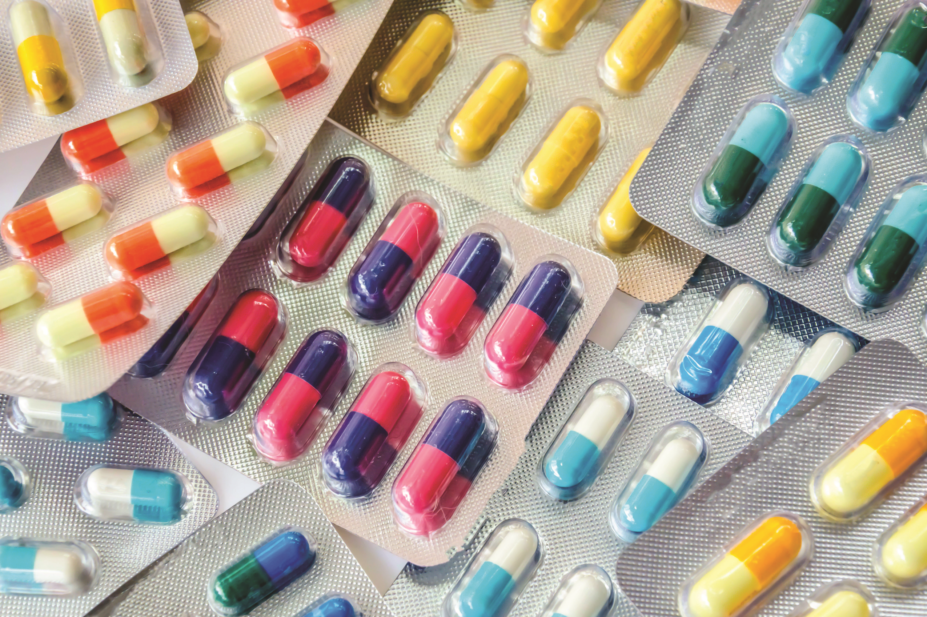
Shutterstock.com
The number of emergency antibiotics supplied to patients by community pharmacies without a prescription has almost doubled in one year, data from the NHS Business Services Authority show.
The statistics reveal a 170% increase in referrals to the NHS Urgent Medicines Supply Advanced Service (NUMSAS) between February 2018 and February 2019, with the number of patients requesting antibiotics increasing from 1,402 between March 2017 and February 2018, to 2,711 between March 2018 and February 2019 (see Feature).
This rise in requests led to the number of courses of antibiotics supplied through NUMSAS almost doubling, from 957 dispensed between March 2017 and February 2018 to 1,797 between March 2018 and February 2019.
The data, obtained by The Pharmaceutical Journal under the Freedom of Information Act, show that amoxicillin and penicillin V were supplied the most over both years, followed by trimethoprim in 2017/2018 and doxycycline in 2018/2019.
The growing number of antibiotics being supplied through NUMSAS has already raised a red flag with NHS England. In August 2018, it wrote to all NUMSAS providers saying it was “of concern” that the majority of items supplied are the broad-spectrum antibiotics that are most linked to antibiotic resistance.
Doxycycline and amoxicillin are both broad-spectrum antibiotics and trimethoprim has been removed from first-line NHS use because resistance to it is now “common”.
Commenting on the figures, Conor Jamieson, pharmacy team lead in antimicrobial therapy at Sandwell and West Birmingham Hospitals NHS Trust, said: “All antibiotic consumption drives antibiotic resistance, so if antibiotics are supplied under the NUMSAS scheme, this is another potential driver of resistance.”
Philip Howard, consultant antimicrobial pharmacist at Leeds Teaching Hospitals NHS Trust, said the increase in antibiotic supply was likely to be because it is becoming more popular, but that many of the other antibiotics “are full treatment doses for respiratory tract infections, probably COPD exacerbations”, as well as prophylaxis for urinary tract infections.
He added: “In both scenarios, repeated courses of antibiotics or the use of prophylaxis will drive antimicrobial resistance.”
However, Janice Perkins, a member of the Pharmaceutical Services Negotiating Committee and chair of its community pharmacy patient safety group, said the numbers were only a “small proportion” of overall NUMSAS activity.
“Pharmacies carrying out the service will only make supplies where they believe it is safe to do so,” she said. “Community pharmacists are experts in medicines and they will be well aware of the challenges facing the health service around antimicrobial resistance.”
A spokesperson for NHS England told The Pharmaceutical Journal that the rate at which antibiotics are refused is considerably higher than the average for urgent medicine requests at between 35% and 40%. On average, 25% of NUMSAS requests are denied they added.


